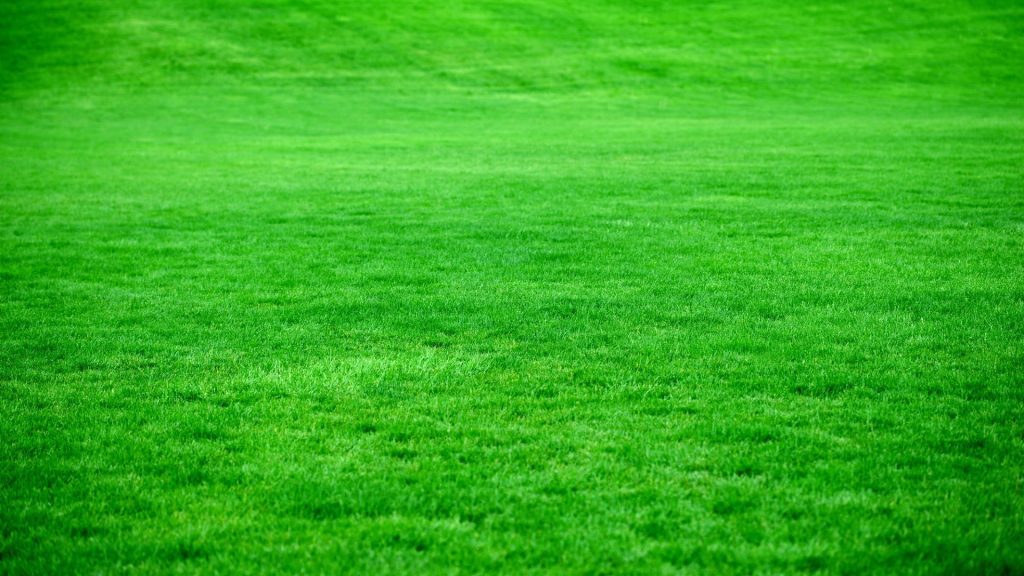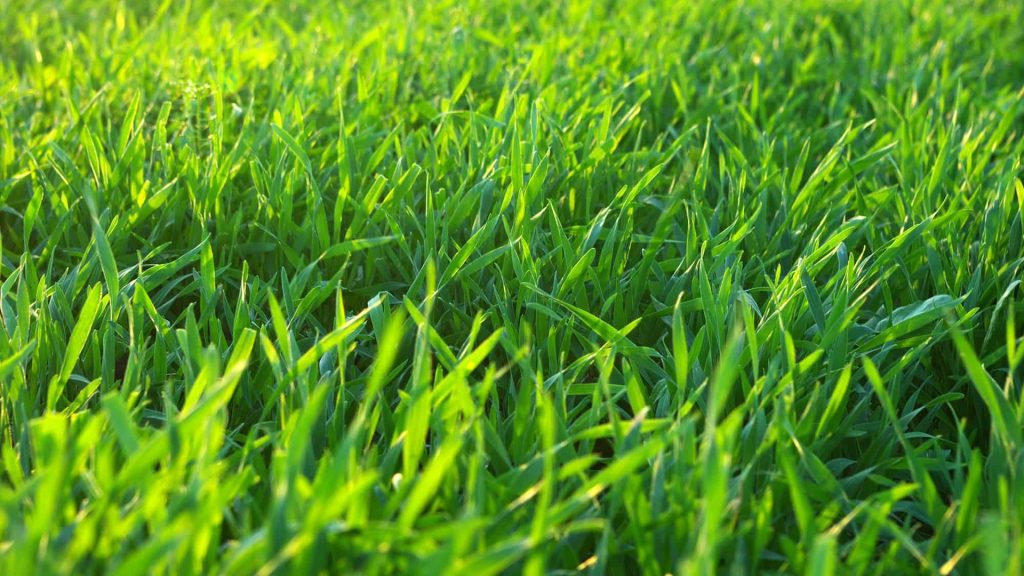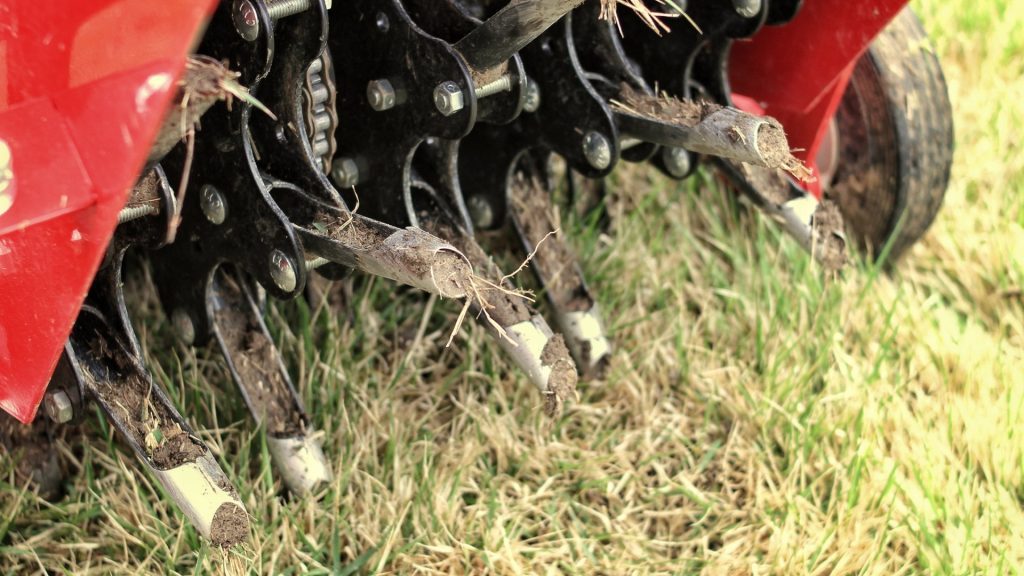
Lawn Plug Aeration: Is It The Superior Method?
You need to aerate your lawn so that you keep your grass and soil healthy. If your soil isn’t aerated enough, this causes it to become compacted so that it doesn’t have enough space for essentials grass needs to grow, such as oxygen, nutrients, and water.
Does lawn plug aeration enable this? Lawn plug, or core, aeration can help you to create more space in your soil, and you can do it yourself instead of calling the gardening professionals.
Read on to learn more about what lawn plug aeration is and how to do it so that you get a healthier lawn with less effort. Let’s start by looking at how your lawn will benefit from being aerated.
What Are The Benefits Of Lawn Aeration?

There are many good reasons why you should aerate your lawn, and why it should become a regular maintenance procedure for your lawn.
Besides increasing how much air can move around in the soil, other reasons include the following:
- Aeration allows fertilizers and nutrients to get deeper into the soil and move closer to the roots of the grass you want to grow.
- It encourages water to soak into the soil and move into the underlying roots to keep them hydrated.
- It opens up the soil so that roots can move and spread, therefore becoming stronger and growing in a healthy way.
- It eliminates and prevents pests from attacking your lawn because it breaks up thatch, decaying organic matter that forms in lawns. If there’s more than half an inch of thatch on your lawn, it can stunt the grass growth you want to achieve.
How Do You Know You Need To Aerate Your Lawn?

There are some signs to look out for that signal your lawn should be aerated. These include the following:
- There are areas or spots in your lawn that are experiencing stunted or dry grass. Note that you could experience some compaction in certain areas of your lawn instead of all over it.
- Your lawn experiences high traffic, whether in the form of children playing on the lawn, pets urinating on it, or people who are always walking on the grass.
- You have some standing water on the lawn or there’s a lot of water runoff.
- You’ve tested your soil and it’s compacted. Take a screwdriver and push it into your lawn. If the soil doesn’t give way easily this is a sign it’s very compacted.
- Your grass roots are short. This is another test you can do to see if your lawn could do with aeration. Dig up grass to about six inches in depth. If you can see that the roots are shorter than two inches, then that’s a good sign you should aerate your lawn.
How Does Lawn Plug Aeration Work?

Lawn plug aeration works by opening up the soil so that it’s not compacted anymore and can enable nutrients, water, and air to pass through it – these can therefore be better taken up by the grass.
This type of aeration removes cores (or plugs) of soil from the ground so that cylindrical holes are left behind in your lawn. This relieves the pressure of compacted soil and it enables the remaining soil to spread out.
A lawn aerator machine is used to aerate your lawn. This has hollow tines that remove cores of soil and thatch from your lawn. The aerator tines have to penetrate the lawn to around two inches in-depth, so you want to carefully guide the aerator across your lawn.
Do so in a minimum of two different directions so that you properly aerate the soil.
Different Types Of Lawn Aeration

There are two main methods you can choose to aerate your lawn. These are aerating your lawn with the use of a spike aerator or using a plug aerator instead.
- Spike aerator: this is a tool you use to poke holes into the ground.
- Plug aerator: this a tool or machine that removes cores of soil and grass from the lawn.
Is lawn plug aeration better than spike aeration?
Plug aerators are more effective than spike aerators because they don’t risk adding more compaction to the soil around the holes that have been poked into it.
The most effective plug aeration tool should be able to remove soil plugs that are around two inches in depth and around 0.5 inches in diameter.
A lawn plug, or core, the aerator is more effective at breaking up compacted soil as it removes these soil plugs. The holes in the ground that get left behind after the use of a core aerator will encourage healthier grass to grow.
By comparison, a spike aerator is best for soil that’s not too compacted because it doesn’t actually move soil and other material, so it doesn’t loosen the soil very much. Since it doesn’t actually pull up anything, a core aerator is your better bet!
When Should You Aerate Your Lawn?
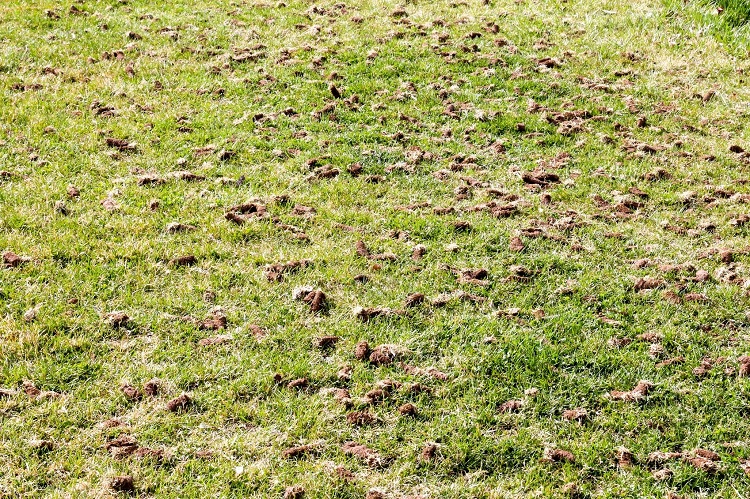
The best time when you should aerate your lawn will depend on various factors, such as the type of grass that you’ve got and where you live.
Cool-season grass, such as Kentucky bluegrass, should be aerated from late August through to mid-September. This is because these grass types start growing again after being dormant during the summer. If where you live experiences good weather in October, you can also safely aerate your lawn during this time of the year.
If you have warm-season grass in your lawn, such as Bermuda, Kikuyu, and zoysia grass, you should aerate it during the months of June and July.
Some people also aerate in spring but thats topic for another article.
Lawn Plug Aeration: Pros And Cons
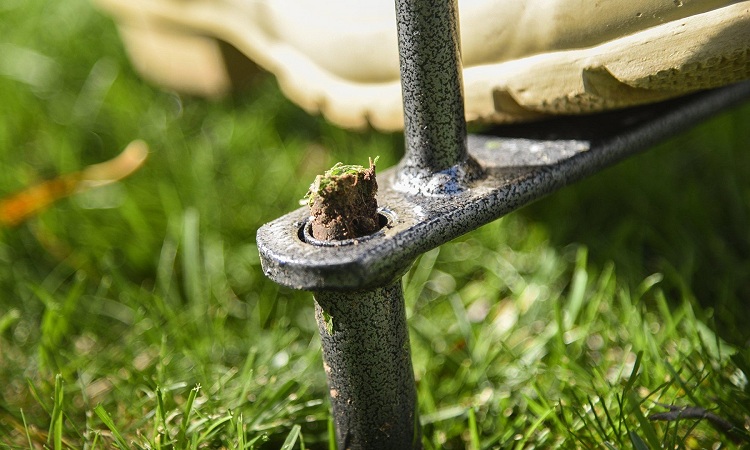
If you want to aerate your lawn with the use of lawn plug aeration, it’s good to know why this can be better than other aeration methods as well as what its potential drawbacks are. Let’s check them out.
Pros
- Lawn plug aeration gives you immediate results. It opens up the soil and this works faster than liquid lawn aeration which takes longer to work (usually a few weeks).
- This aeration method leaves behind plugs of dirt, which then provide nutrients to your soil when they decompose.
- Since a lawn aerator removes soil plugs and thatch, it performs more than one task at the same time.
- Lawn plug aeration can help you to remove moss from your lawn. If your lawn doesn’t drain properly because of thatch and compacted soil, this is the perfect condition for moss to thrive. Removing compacted soil with a lawn plug aerator, therefore, prevents moss from growing.
Cons
- Lawn plug aeration can be unsightly because of the mounds of soil it leaves behind. These can take around two weeks to decompose.
- Although lawn plug aeration is effective, its effects don’t last as long as liquid lawn aeration. This type of aeration method is when you use a liquid solution all over your lawn to eliminate soil compaction.
- Unlike with some liquid lawn aerators, when you aerate your lawn with an aerator you don’t get to nourish your soil with beneficial microbes and other ingredients that are included in the liquid solution.
How To Aerate Your Lawn

If you’re ready to aerate your lawn, you should ensure you follow some important tips so that you complete it successfully. These include the following:
- Before you aerate your lawn, you should always make sure that your soil is moist. Water it a day or two before you aerate it. Never try to aerate your lawn when the soil is too dry as this will prevent the aerator from working properly.
- You should also mow your grass before you aerate your lawn. It should be cut quite low – approximately 1.5 to 2 inches above the ground. This should be done to increase the aerating effectiveness, but be careful that you don’t scalp the crown of the grass.
- When you’re ready to aerate your lawn, you should mark sprinkler heads, underground utilities, septic lines, and any cables so that you won’t accidentally damage them while using an aerator machine. You don’t want the hassle of having to repair them!
- Never aerate your lawn during a drought. This will expose the roots to too much sun, which will be damaging to them. Your soil should also be soft so that it will be easier to make holes in it.
- When using a lawn aerator, you will have to do several passes over compacted areas of your lawn. If you only have a few compacted areas, you can ignore the healthier parts of your lawn. This is why you should always test your soil before you aerate it so that you know what you’re dealing with and how much of your lawn to aerate.
- If you are using an aerator with hollow tines, you shouldn’t pick up the soil plugs that it leaves behind. They will later fill up holes that you made in the ground, while also adding nutrients to the soil, as we mentioned earlier.
- When you’ve aerated your lawn, make sure you apply fertilizer as well as top dressing to it. This will nourish the grass so that it can grow healthily.
What Type Of Aerator Should You Use?

If you’re choosing lawn plug aeration, you should consider the different types of tools that are available.
- Hand aerators. These are easy to handle and ideal for aerating small gardens or lawns. Examples of hand aerators include a hollow tine aerator or pitchfork. The tine aerator is ideal as it removes soil plugs in such a way that the holes made in the soil can’t close up again.
- Machine aerators. These can take the form of smaller machine aerators that are ideal for small- to medium-sized gardens. You push them around in the same way that you’d push your lawnmower. There are also larger ones that can be attached to a tractor for increased convenience, so they’re more appropriate for larger fields and lawns.
How Much Does It Cost To Use A Lawn Aerator?
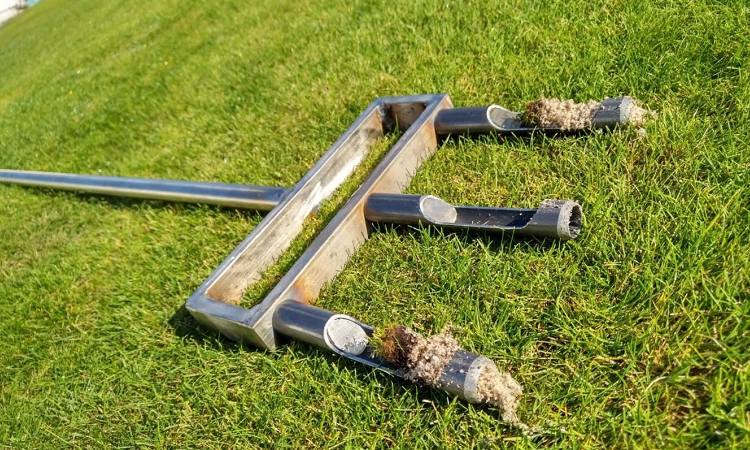
A handheld manual core aerator is the cheapest one to purchase – it costs around $30, you can go even cheaper if you build one yourself. If you want a more convenient lawn plug aerator that’s easier to move around, a towable core aerator will be a bit more expensive – you will usually spend around $200 for it – but it’s worth it if you want to aerate larger lawns.
If you’d rather not purchase a lawn aerator, you can rent one or get your lawn aerated by professionals.
Related Questions
How much does professional lawn aeration cost?
Professional lawn aeration can cost between $15 and $17 per 1,000 square feet. Core aerators cost more than spike aerators although they are more effective.
How regularly should you aerate your lawn?
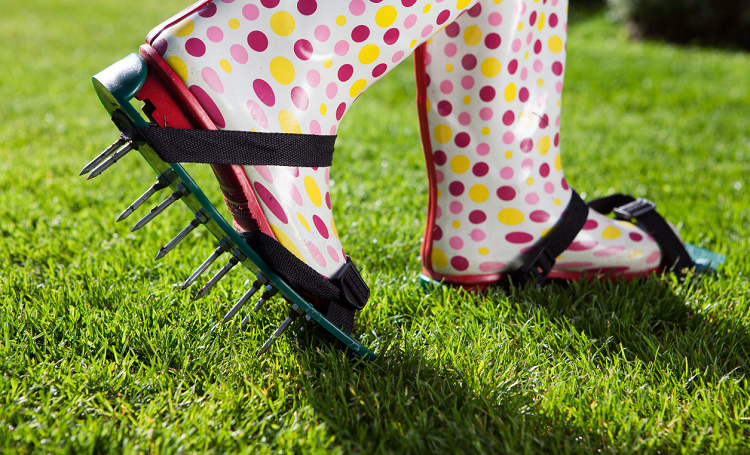
The average lawn can benefit from being aerated once every two or so years. If your soil is rich in clay, however, you would do well to aerate it once a year.
Does lawn aeration prevent the pre-emergent herbicide from working on your lawn?
Aeration won’t affect weed prevention methods, so you don’t have to worry about these methods going to waste.
Conclusion
A lawn that isn’t aerated can’t grow healthy grass. That’s a fact! Therefore, it’s important for you to aerate your lawn so that you prevent compacted soil from forming which can prevent grass you’ve planted from growing in a healthy way.
In this article, we’ve featured some of the most important ways to aerate your lawn, how lawn aeration works, and when you should aerate your lawn to keep it in excellent condition.
Resources:
